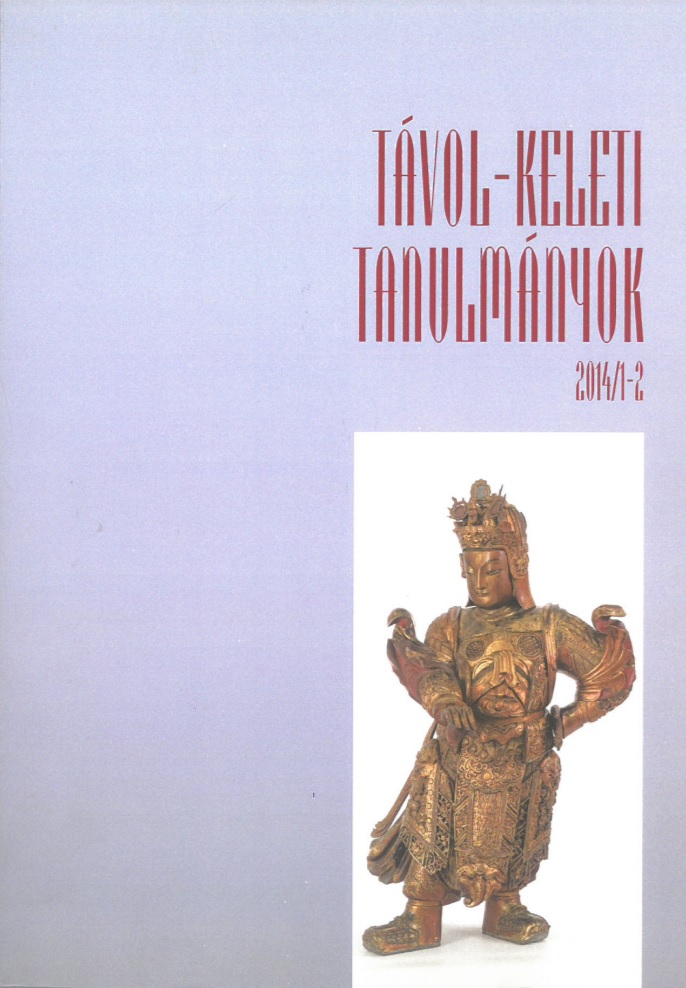Published 2015-09-04
How to Cite
Copyright (c) 2015 the author(s)

This work is licensed under a Creative Commons Attribution-NonCommercial 4.0 International License.
Abstract
The empires from the Altai to the Khingan mountains never refered to the dynasties that preceded them as their ancestors. Every empire started a new page in history. Every ruling house of these empires traced back their origin to a mythical ancestor, Chinggis khan and his descendants, and never mentioned the (Asian) Huns as their ancestors or as the source of their legitimacy. In the 13th century the Mongols considered that Chinggis’ ancestor was a bluewolf born by the order of Heaven. From the 17th century on, Chinggis’ origin, due to Buddhist influence, was traced back to the first Indian king. During the same century the main part of the Mongols submitted to the Manchus and started to read old Chinese works about the Asian Huns. They recognized that the Huns lived in the same place as the Mongols, thus they made connection between the Asian Huns and the Mongols, except for the the elite, who, assuming different origins for the elite and the common people, traced back their origin to India via Chinggis khan. The idea of Hun–Mongol connection appeared in Rasipuncug’s Bolor Erike (1775), but could not become widespread among the Mongols, because the Mongol elite was not interested in the origin of their subjects. Thus, the Asian Hun tradition can not be seen as an old heritage. Demonstrably based on Chinese sources, this idea appeared and flourished only in the 18th century.
